Film Reviews
Bidurbhai’s Shocking Caricature of Queers: Painful but Not Surprising

For the past few days, film aficionados in Assam have been buzzing with excitement over the film Bidurbhai (2024), eagerly awaited since its first part was released in 2021. While the film — a work from Suvrat Kakoti, aka SUV, one of Assam’s most promising filmmakers, and Jyotishman Chetia, the writer and associate director — has received its fair share of praise, there’s a homophobic elephant in the closet that needs more attention.
The portrayal of queer characters through caricature is sadly too common in Assamese popular culture, since the days of VCDs, where queerness is almost always a comic relief or a villainous ‘other’ at the margins of heterosexual narratives. In 2024, despite increasing queer discourse, how can the portrayal of queer characters remain this shallow? This raises the question of whether the issue lies with the film’s creators or reflects a broader societal tendency to appear progressive while still ridiculing queer identities.
In the first fourty minutes of the film, a gay character who is an MLA is introduced. However, the graph of that subplot goes so downhill that even the “not all gay men are bad” dialogue at the end by one of the protagonists couldn’t save it.
Firstly, the gay character is portrayed in a highly stereotypical manner, as a distorted caricature. Then, this character is shown sexually assaulting one of the cishet (A person who identifies with their birth gender and is attracted to the opposite sex) protagonists, with a comical soundtrack playing in the background. The execution of the scene is intended to be funny. After the assault, the protagonist describes the incident with a double-meaning phrase: “tekhete latrine r duwar tu mukoli kori dile” (he opened the door of the latrine), referring to or joking about sodomy, which makes it even more concerning.
In both situations, the people around me in the cinema hall burst into laughter and hooting. This huge laughter arose not only because of the scene but also from the innate ridicule of homosexuality that people harbour, which was validated by yet another film. The inherent sexual shame that heterosexual people pass on to homosexual people is not only being reinforced but also legitimised. The memory of the past, nostalgia of VCDs, and their present subdued disgust towards homosexual people have just been given a platform in Bidurbhai, which the audience holds in high regard.
The film’s portrayal of the queer character as a villain, contrasted with relatable and admirable cishet heroes, solidifies the perception of queer people as societal threats. The execution is such that viewers go home, laughing and making fun of the MLA character who is both a villain and gay. This issue extends beyond Bidurbhai; popular culture in Assam, particularly in mobile theatre, also features stories that portray gay characters as villains. I remember seeing one such performance where the audience responded with, “ei gay manuhbur enekuwai thake” (That’s how these gay people are).
The portrayal of male sexual assault in the film with such insensitivity is another serious concern of the film. Kakoti and Chetia’s failure to recognize that depicting such assault comically can be harmful is troubling. Rape is not something to be laughed at; it’s disturbing to see it mocked. Despite the film’s comedic tone, it includes serious scenes, so why was the sexual assault not handled with similar sensitivity? Was it simply to reinforce adverse stereotypes about gay people as predators?
The concern here extends beyond just this part of the film to the mentality of filmmakers like Kakoti and Chetia, who still believe that mocking homosexual characters and portraying them as villains is acceptable for cheap comedy. This tendency to include a subplot about homosexuality for superficial progressiveness or political commentary is becoming a troubling trend that filmmakers seem reluctant to abandon. If one is not aware of the struggles of queer people, they should at least refrain from giving in to misogynist caricatures.
Kakoti and Chetia likely recognized that mocking queer characters has always been commercially successful in the Assamese film industry, with audiences finding such caricatures amusing. They probably assumed that ridiculing the queer community wouldn’t be hurtful since they are a minority. It’s disturbing to see prominent figures in Assamese cinema applauding Kakoti on social media for including such elements for their enjoyment. I wonder if this enjoyment stems from humiliating a minority community, depicting gay people as predators, and deriving amusement from this portrayal. Queer people are not subjects for laughter, cheap thrills, or progressive narrative twists. Their stories deserve genuine empathy, not exploitation.

 Opinion7 months ago
Opinion7 months agoMorality, Obscenity and “Mou Bihu”

 Film Reviews1 year ago
Film Reviews1 year agoJoy Hanu Man: The Hero Amongst Us

 Film Reviews1 year ago
Film Reviews1 year agoSundarpur Chaos or Chaos in Director’s Vision

 Film Reviews1 year ago
Film Reviews1 year agoFor Assamese cinema to flourish, movies like Sikaar are necessary

 Film Reviews1 year ago
Film Reviews1 year agoLocal Kung Fu 3: Is Assamese Comedy Evolving?

 Film Reviews2 years ago
Film Reviews2 years agoBasumatary’s Jiya is a Beacon of Hope for Assamese Cinema

 Film Reviews1 year ago
Film Reviews1 year agoBhoot Jolokiya: Just like the chili, the movie too lingers long after it’s over

 Film Reviews1 year ago
Film Reviews1 year agoAbhimanyu: Questioning the system, one frame at a time


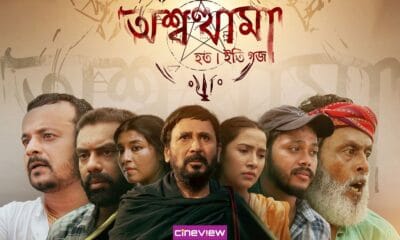

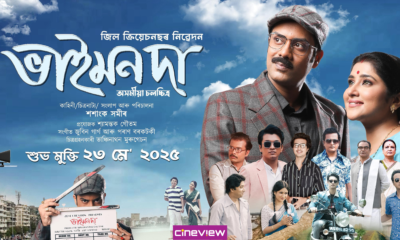

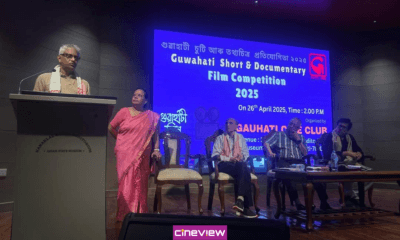

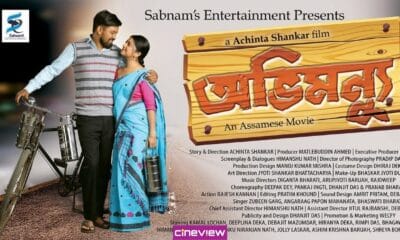





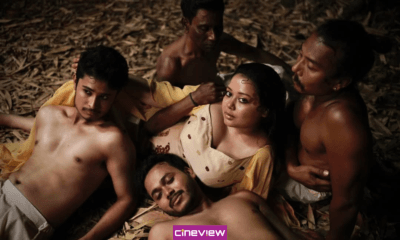



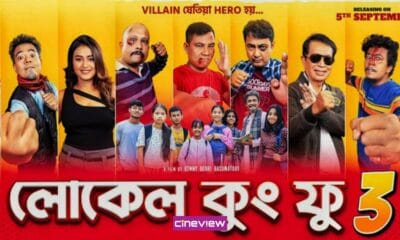

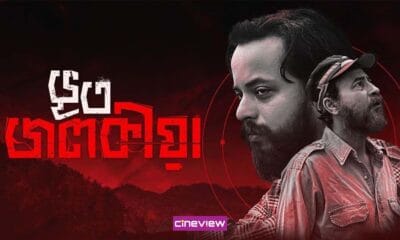

Pingback: Local Kung Fu 3: Is Assamese Comedy Evolving? - Cine View
Pingback: Joy Hanu Man: The Hero Amongst Us - Cine View